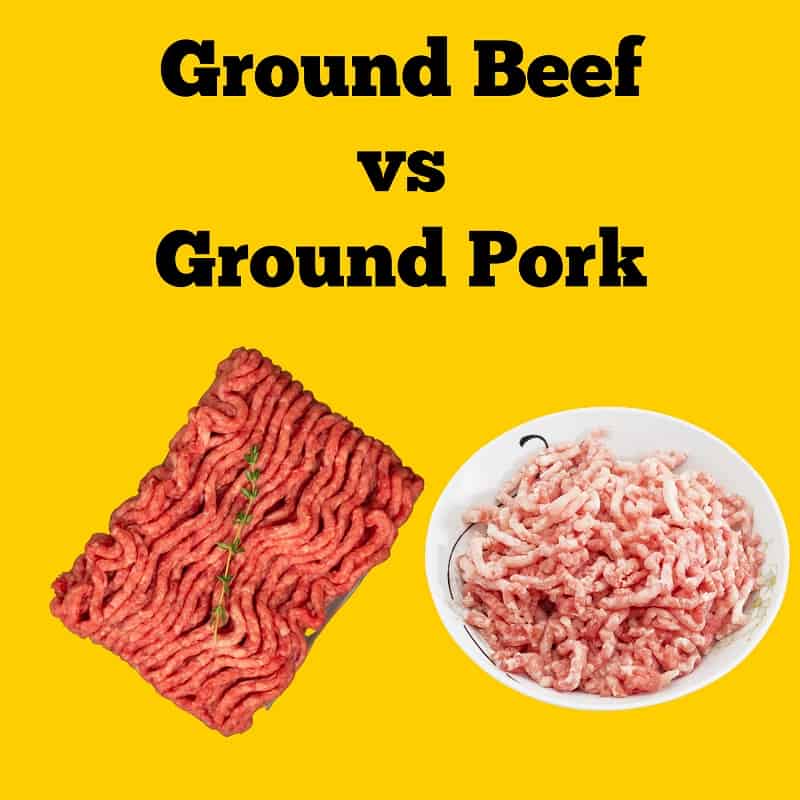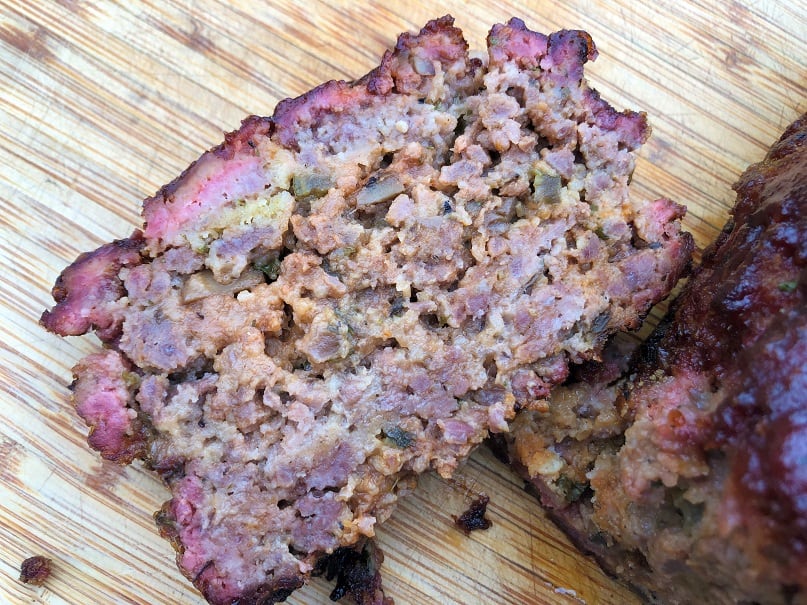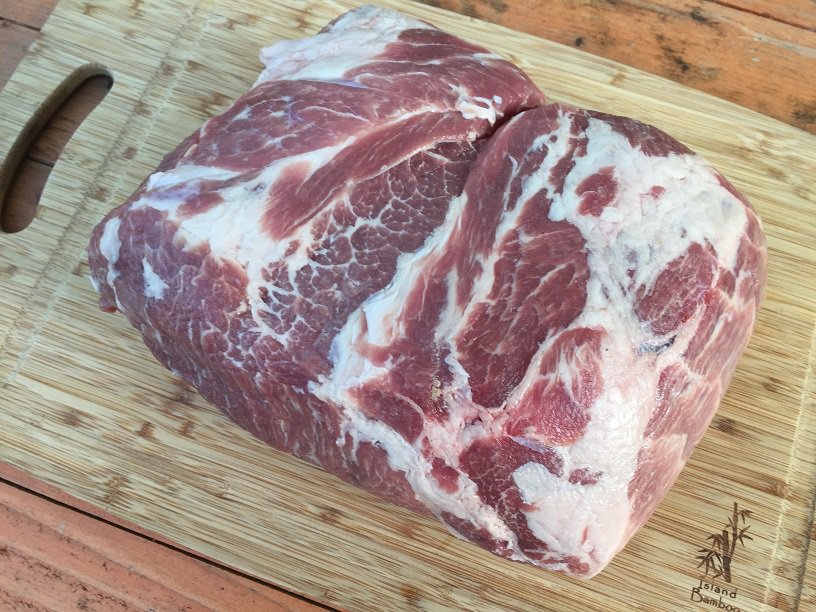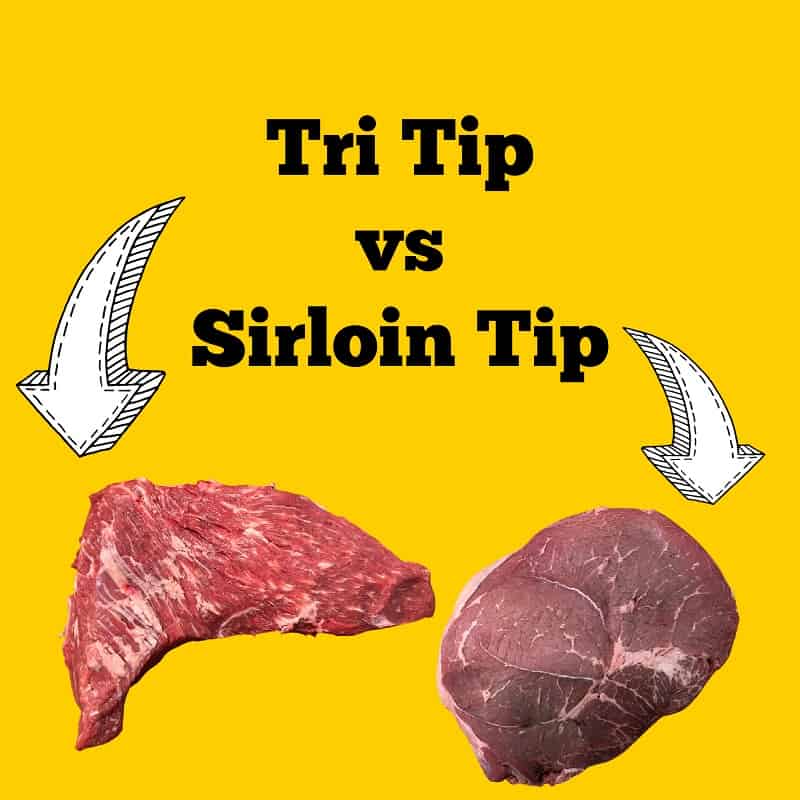Ground Beef vs Ground Pork: Can You Substitute?
If you are planning a dish that uses ground beef, but you run into a sale on ground pork at your butcher’s shop, you may find yourself wondering whether they can be substituted for one another seamlessly–or at all–and what the differences between these two meats are.
Wonder no longer! In this article, we’re going to dig into ground beef vs ground pork and see just how these two meats stack up.

Key Differences: Ground Pork vs Ground Beef
Ground beef and ground pork are going to have several natural differences, among them, flavor, texture, appearance, and nutritional qualities. These differences may change how the meat behaves during cooking and the taste and texture of the resulting food, but with just a little forethought, you can choose confidently which ground meat you want to use.
Nutrition and Calories
In the United States, ground pork is not labeled for fat content, but it tends to run around 20%. A lot of ground beef is in a similar range, but because its fat level is labeled, people often buy it leaner (See Ground Beef vs Ground Sirloin for more details).
Flavor
Ground beef and ground pork definitely have slightly different flavor profiles. If your dish is heavily seasoned, you may not even notice this but if you are planning on fixing burgers or something else where the meat takes center stage, the choice you make could have a big impact on the flavor of your dish.
If you normally use lean ground beef, the switch to ground pork will make a rather pronounced difference in flavor due to ground pork’s generally higher fat content. Ground pork also has higher levels of naturally occurring sugars than ground beef, giving it a sweeter touch that can be the perfect complement to many recipes.
Looks and Texture
Ground pork is much lighter in color than ground beef. The lower level of connective tissue and fat in ground pork means that it has a more uniform light pink color flecked with white while ground beef ranges from deep red to flecks of white fat and everything in between.
The texture of ground beef is liable to be far more variable than the texture of ground pork because ground beef often comes from several cuts of meat.
Cooking Time
Ground beef and ground pork both have similar short cooking times but if you choose leaner ground beef, it will cook a little more quickly due to the lack of fat.
On the stovetop, both ground beef and ground pork should be cooked for 8-10 minutes, or until they reach an internal temperature of 160℉. Any more than ten minutes and the meat is likely to dry out to a less pleasant consistency.
Can Ground Pork Replace Ground Beef?
The short answer is yes! Ground pork makes a good substitute for ground beef in many dishes. Pork tends to have a sweeter, milder flavor and a higher fat content than some varieties of ground beef.
Depending on the flavors of the dish you are planning, one meat may fit better than the other but the difference isn’t going to be so vast that it will ruin a good meal.
Can You Mix Ground Pork and Ground Beef?
You can certainly mix ground pork with ground beef. Many recipes for meatloaves and meatballs even call for this. Mixing different kinds of ground meat, or even blending your ground meat with something like lentils, black beans, or oats, can be a great way to find the perfect balance of textures, flavors, and nutrition for you.
Blending lean ground beef with fattier ground pork is ideal for recipes with longer cooking times like meatloaf because the added fat from the pork helps to keep the dish from drying out.

What Is Healthier? Ground Pork or Ground Beef?
If you choose 80% lean, 20% fat ground beef, the nutritional differences between the two are marginal.
Ground beef is fractionally lower in overall fat, saturated fat, and cholesterol, and higher in protein, while pork is lower in sodium than beef. Both provide potassium, iron, Vitamin A, and B Vitamins, although beef is much higher in B12 as well as copper and manganese, while pork is richer in B1, B2, magnesium, potassium, phosphorous, choline, selenium, and zinc. Pork is an excellent dietary source of Vitamin D, while it is completely lacking from beef.
The big differences in nutrition between pork and beef come out when comparing leaner cuts; overall, pork is a slightly more nutritionally sound choice than beef, but between fatty ground meats they are actually quite close in nutritional value. Both choices supply protein as well as necessary vitamins and minerals.
Which Ground Meat Is Healthiest?
As nutritional science uncovers new information daily, the conversation about which foods are healthiest is ever-changing. Overall meat consumption is correlated with higher weight, but poultry has a reputation as the lean alternative. However, several large studies found that chicken is actually the meat with the highest correlation to weight gain.
Ground chicken is lower in saturated fat and overall calories but higher in sodium than pork and beef. It stands out as the best source of potassium among the ground meats we’re considering here.
Ground turkey contains more protein and less fat per serving than either ground beef or ground pork but is higher in calories and cholesterol than any of the other common ground meats. It is not quite as rich in iron but is an excellent source of many of the same vitamins and minerals. Ground turkey is a little higher in sodium and lower in B vitamins than either ground beef or ground pork.
Pork is the lowest in cholesterol, but otherwise ground beef and ground pork have similar fat and caloric contents.
Ground beef is highest in iron and B12.
Ground veal is the highest in cholesterol of all the ground meats listed here. However, along with chicken, it is lower in total fat content and in saturated fat than the other ground meats we’ve discussed. It is also second only to ground turkey in protein content.
Ultimately, each person has to choose what fits their dietary needs best.













Post Comment